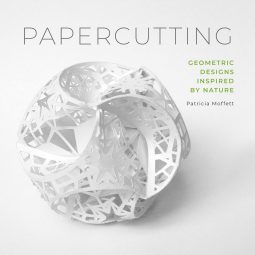 |
Draw Like an Artist: 100 Realistic Animals
by Melissa Washburn ISBN-13: 9781631598197 Paperback: 112 pages Publisher: Quarry Books Released: December 17th 2019 |
Source: ebook review copy from the publisher through NetGalley.
Book Description, Modified from Goodreads:
Draw Like an Artist: 100 Realistic Animals is a step-by-step guidebook demonstrates fundamental art concepts like proportion and spatial relationships as you learn to draw a full range of creatures, all shown from a variety of perspectives. Each set of illustrations takes you from beginning sketch lines to a finished drawing. Author Melissa Washburn is a skilled illustrator whose clear and elegant drawing style will make this a go-to sourcebook for years to come.
My Review:
Draw Like an Artist: 100 Realistic Animals is an art instruction book on using graphite pencil to draw realistic line drawings of animals. After the brief introduction to her method, the author provided step-by-step drawings for 85 animals with one animal demonstrated per page. She then had 15 pages of close-up details for dogs, cats, and horses (heads, paws, fur, and such). There's no text in the demonstrations, just 6-8 easy-to-follow steps leading from basic shapes to help block in angles and positions to adding details and cleaning up the guidelines.
The author demonstrated how to draw a wide variety of animal types so you can apply the lessons from one animal to similar animals. She covered common animals like dogs, cats, and other pets, farm animals, wild land animals, marine animals, and birds. Overall, I'd recommend this book to beginning artists who want to improve or learn how to do realistic line drawings of animals.
If you've read this book, what do you think about it? I'd be honored if you wrote your own opinion of the book in the comments.


































